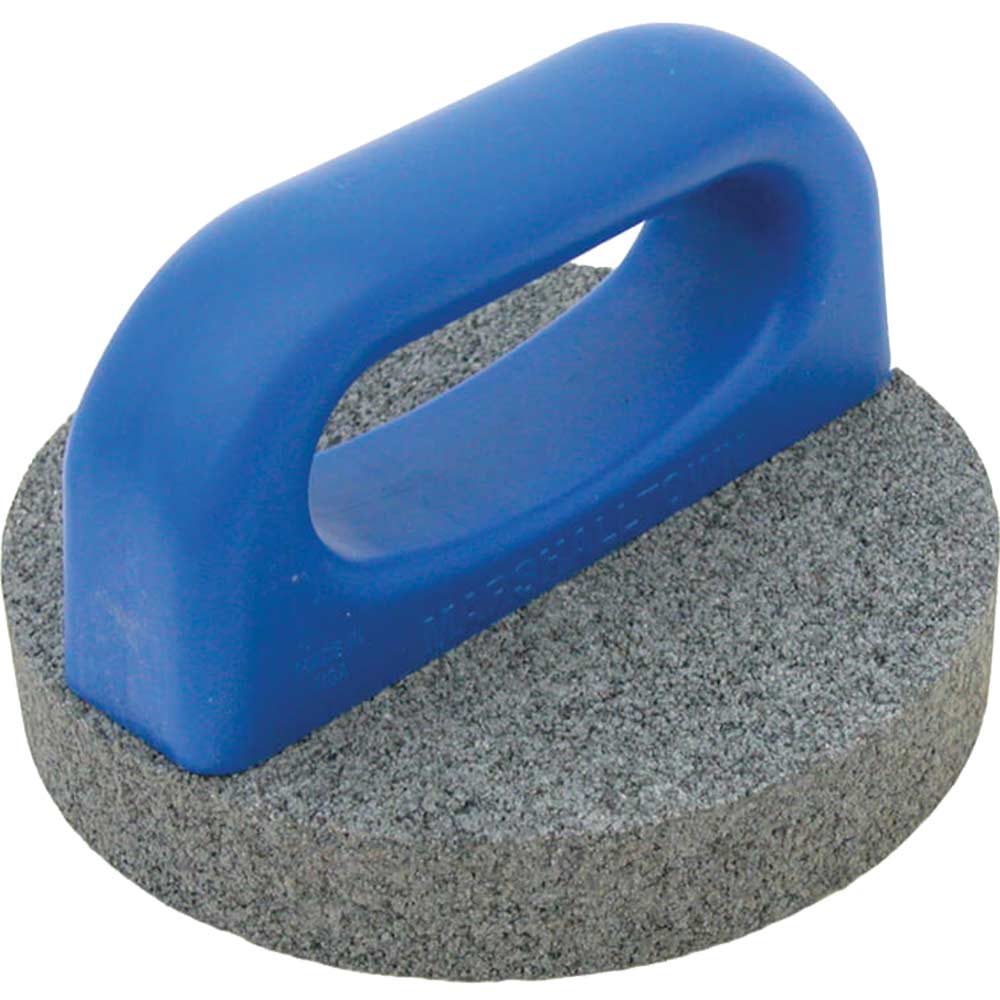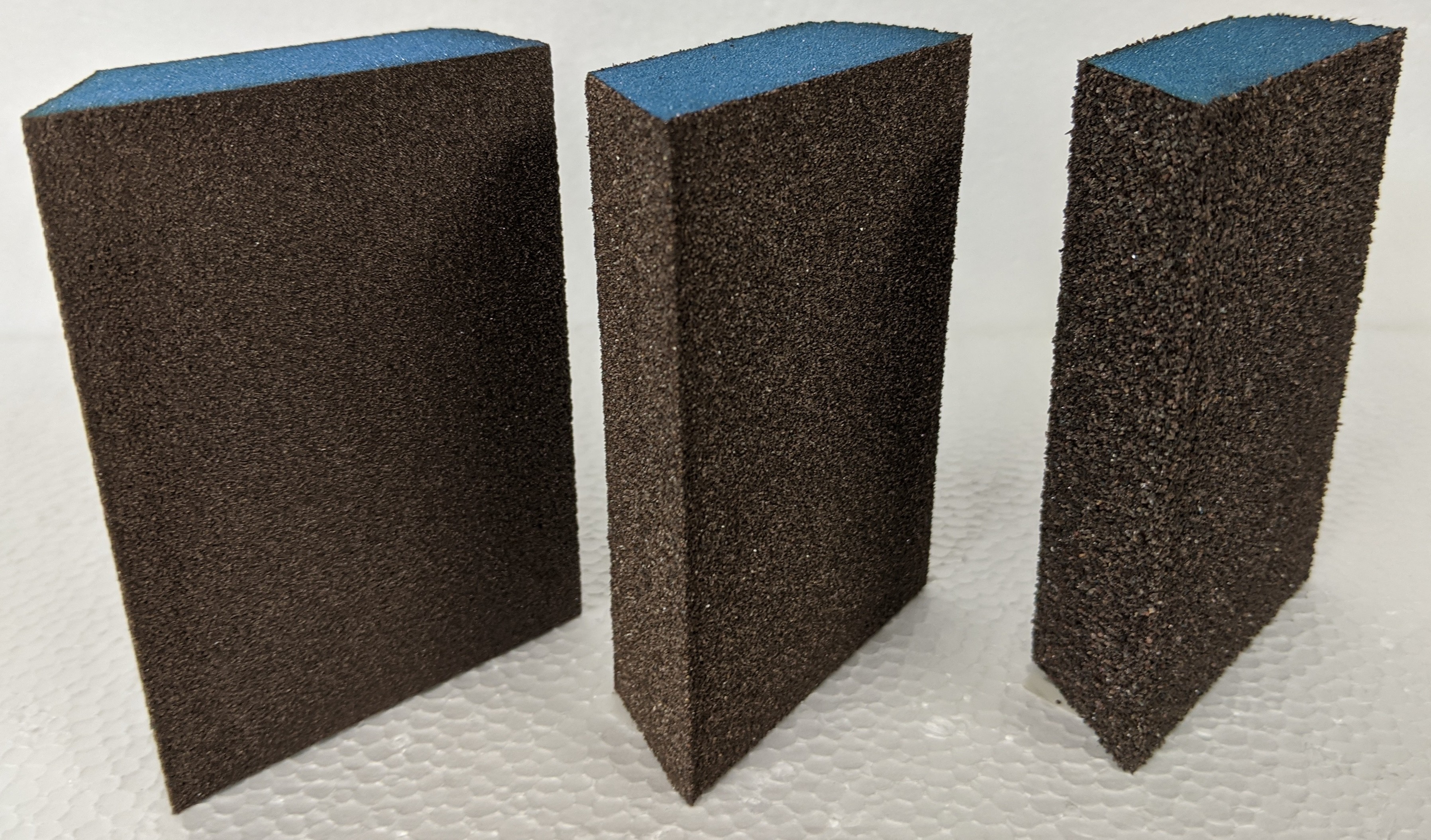
If you choose to go with coarse-grit sandpaper, you’ll leave lots of marks on the surface, which will mean re-sanding to achieve a smooth finish. However, the joint compounds in use today are generally lightweight and soft, which means that using heavy-grit sandpaper on the surface is the wrong approach (source: RCA Contractors). When working on drywall mud, you may feel like speeding up the sanding procedure by using coarse sandpaper such as 80-grit or lower.

#Best sanding blocks how to
Tip: You should read my article first on how to mud uneven drywall, before you sand it. Which Grit Sandpaper Should I use for Drywall Mud? (Joint Compound) Look for pre-cut sheets designed to fit your drywall sander to save some time. So, when you’re looking for sandpaper to use for your drywall project, look for 120-150-grit aluminum-oxide sandpaper.

They’ll also tear more easily compared to aluminum oxide because they have a thinner substrate. Garnet sandpapers are also open-coat, but they don’t last as long as aluminum oxide papers. The open-coat nature of the material also ensures it won’t clog easily as you work. This type of sandpaper lasts longer because they wear away more slowly compared to the others.

In the rest of this article, you’ll learn more about the sandpaper grit to use on drywall, and the best type of sandpaper to buy, and more. The 150-grit paper is useful for final sanding to ensure the best level of smoothness. The 120-grit sandpaper is fine enough to work on the surface without leaving gouges but coarse enough to sand out imperfections quicker.

The right sandpaper grit for drywall is usually between 120 and 150-grit. One of the things you need to do is choose the right grit sandpaper for the job. It is not a complicated procedure, but you have to painstakingly work to avoid ruining the wall or increasing your workload even further. One of the most important stages of installing or repairing drywall is the sanding stage.


 0 kommentar(er)
0 kommentar(er)
